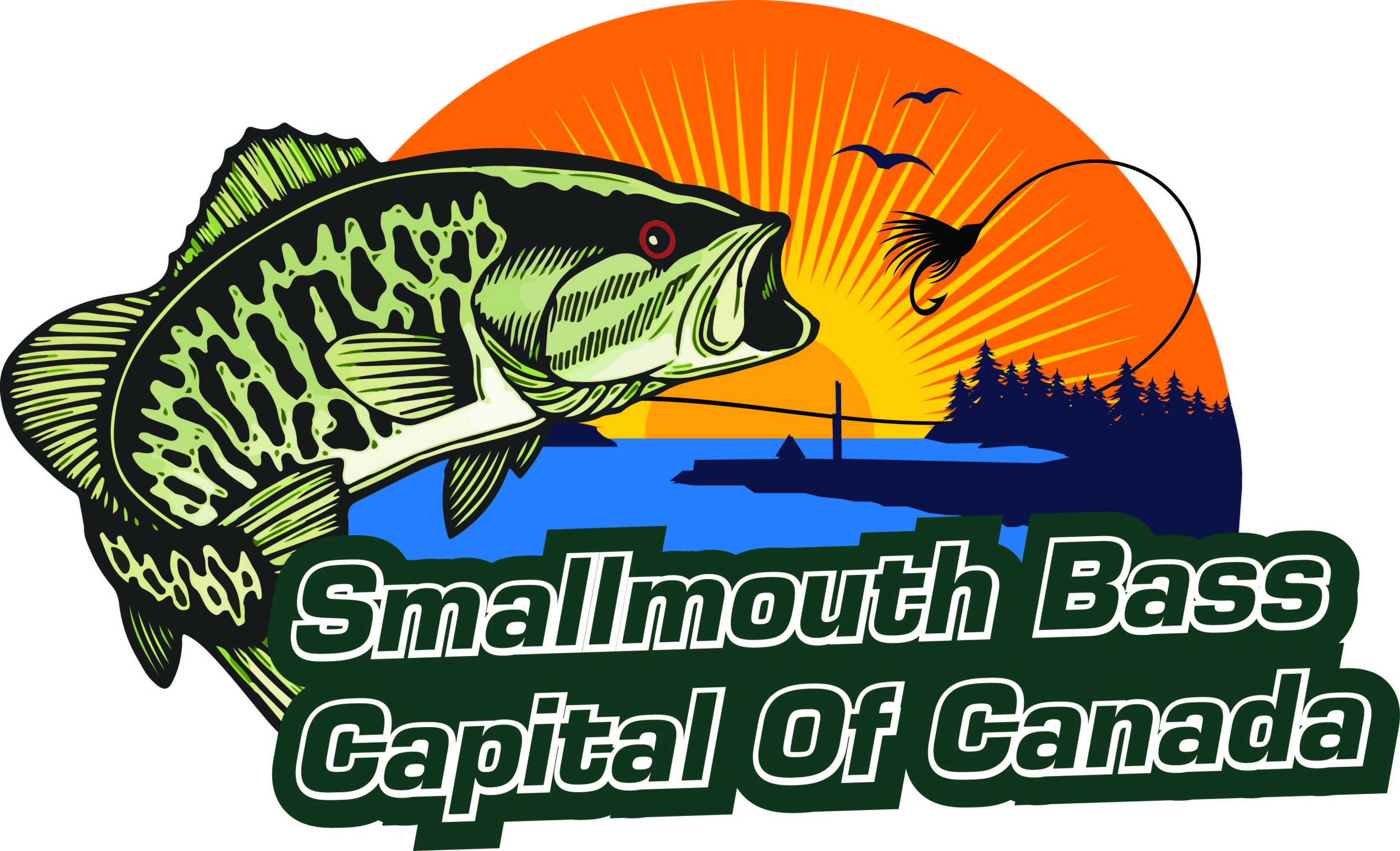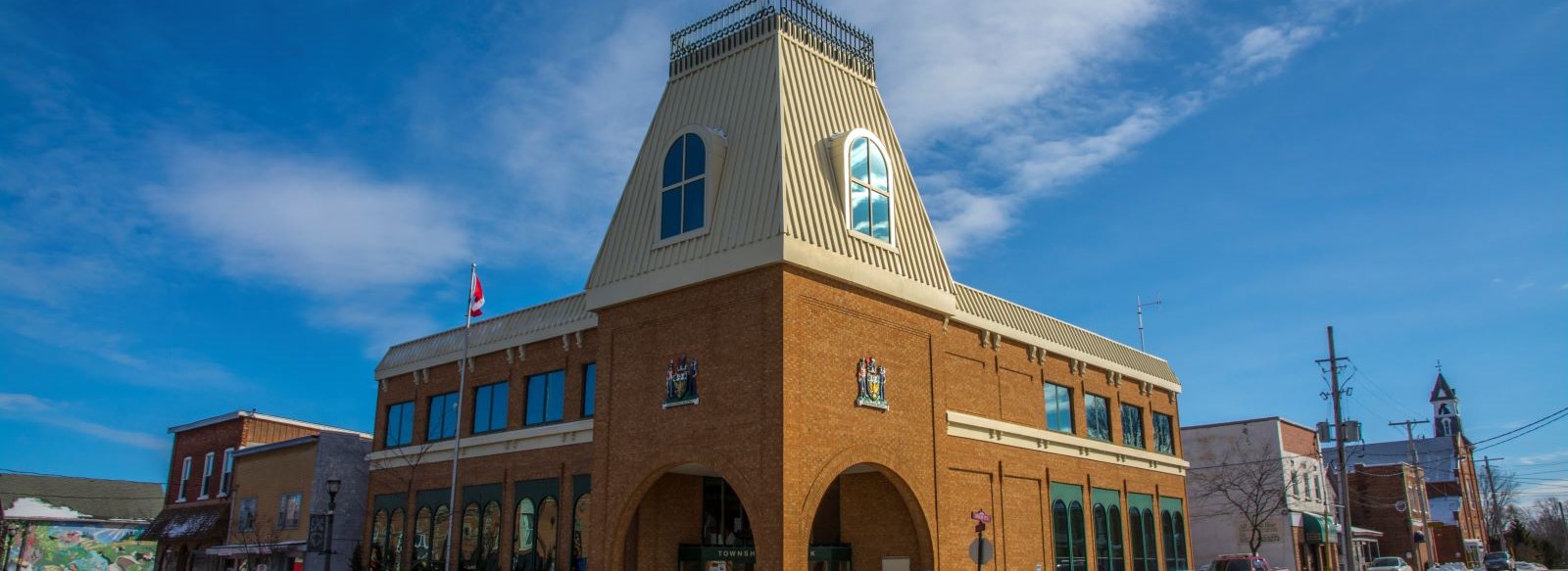About Brock Township
Brock is the Smallmouth Bass Capital of Canada 
The Township of Brock is located on the east shore of Lake Simcoe approximately 1.5 hours northeast of Toronto. The municipality represents three distinct urban areas, numerous hamlets, and beautiful countryside. While agriculture is one of Brock's most prominent industries, a full range of commercial and industrial businesses are located within the urban areas of Beaverton, Cannington, and Sunderland.
Brock Township’s location on Lake Simcoe and the Trent-Severn Waterway make it a popular destination for tourists – both summer and winter. The municipality was named for General Sir Isaac Brock, a young soldier who was shot by the Americans as he led his soldiers into battle attempting to prevent the Americans from establishing a landing at Queenston Heights during the War of 1812.
The municipality was created as a result of the proclamation of the Regional Municipality of Durham Act, S.O. 1973 and consists of the former Townships of Brock and Thorah, the Village of Beaverton, the Village of Cannington, and the dissolution of the Police Village of Sunderland. The Township’s coat of arms was designed and formally adopted on November 28th, 1988
Land Acknowledgement
The Township of Brock begins each public gathering with a Land and Territorial Acknowledgement, to recognize the Indigenous people for being good stewards of the land and environment, here where we are meeting today. The Township of Brock has traditionally been a hunting and fishing ground for First Nations people. We reside on and benefit from the Williams Treaty Territories, on the land of the Mississaugas and Chippewas. May we share the land as long as the sun rises, the grass grows and river flows.
| Beaverton, Ontario |
|
Situated at the mouth of the Beaver River, Beaverton, Ontario is the largest urban centre in the Township of Brock with a population of approximately 3,500 permanent residents. Over the summer months Beaverton welcomes a large influx of cottagers and tourists who come to enjoy the small town charm, numerous events and Lake Simcoe, the fourth largest lake entirely within the boundaries of the province of Ontario. In the winter months Beaverton becomes the centre of one of the most active ice fishing locations in North America. The Beaverton Fall Fair and the Beaverton Canada Day celebrations are just two of the exciting events offered annually during the warmer months. Although Beaverton was not incorporated until 1884, the settlement was begun many years earlier. By 1828 a small village called Milton or Milltown was clustered around a mill which was close to the present-day bridge. The early settlement was largely Scottish in origin, many families coming directly from Scotland, others via Glengarry County through the settlement arranged by Donald Cameron, and still others coming from North Carolina. The early village soon became self sufficient having a grist mill, tannery, woollen mill, potteries, etc. necessary for pioneer life. The history of Beaverton can be experienced by following a self-guided walking tour or by visiting the local museum operated by the Beaverton Thorah Eldon Historical Society. A trip to Beaverton would not be complete without visiting the Beaverton Harbour & Harbour Park and taking a walk along the pier that extends into Lake Simcoe or visiting the harbour beach.
|
| Cannington, Ontario |
|
Cannington, Ontario, home to approximately 2,000 residents, is nestled on the shores of the Beaver River. With numerous restaurants and a variety of specialty and general stores downtown, Cannington offers both residents and visitors alike an enticing getaway and appealing shopping experience. Local volunteers and service groups organize many exciting events throughout the year including the Canada Day celebrations in MacLeod Park. Settlement of the area that surrounds Cannington began to occur throughout the 1820’s and 1830’s with a store and saw mill being opened in the 1830’s. As other mills and buildings were constructed to support local agriculture and industry the settlement of Cannington began to emerge in the 1840’s. The completion of the Toronto Nipissing Railroad to Cannington by November 1871 caused the area to boom. Residents and visitors can continue to travel along the repurposed railroad bed that is now the Beaver River Wetlands Trail. When it comes to outdoor pursuits and recreation, Cannington has a lot to offer. MacLeod Park, located on the southeast side of the village, is a recreation lover’s dream with over 16 hectares of parkland. Home to tennis courts, lawn bowling, a museum operated by the Cannington Historical Society, two baseball diamonds, playgrounds, the fifth largest skateboard park in Ontario, basketball courts, arena & community centre, and a nature walking trail which turns into the Cannington Haunted Attraction in October. |
| Sunderland, Ontario |
|
Sunderland, Ontario is located at the southern end of Brock Township. Surrounded by prime agricultural lands Sunderland is home to approximately 1,200 residents. With many interesting and unique stores and restaurants. Sunderland is a destination for visitors and guests year around. In addition to the permanent attractions, Sunderland hosts many events including the Sunderland Maple Syrup Festival in the spring and the annual Sunderland Agricultural Fall Fair in early fall. Sunderland was not recognized until about 1870 when the Toronto Nipissing Railroad passed through the area. The junction of River Street and Albert Street was referred to as Jones’ Corner because the Jones brothers owned the surrounding properties. At this time the name was changed to Sunderland. Many of the early Palatine (German families) like Brethour, Baker, Miller and others had been brought to England and later Ireland by the Earl of Sunderland. Perhaps this is where the name came from. In England the town of Sunderland got its name when the town land was “sundered” or separated from a nearby monastery, hence the name Sunderland. Many of the settlers in this part of Brock were of military background or United Empire Loyalists and received grants of free land. They were very loyal to the British Crown and for many generations supported the Tory Government. Once the railroad came through the town rapidly expanded and there was an increase in the number of new homes built and businesses started. One can now travel along the same route followed by the Toronto Nipissing Railroad due to the efforts of a local collaborative that has converted the former railroad bed into a multi-use trail. The Beaver River Wetlands Trail travels north to Cannington and south to Blackwater. |






